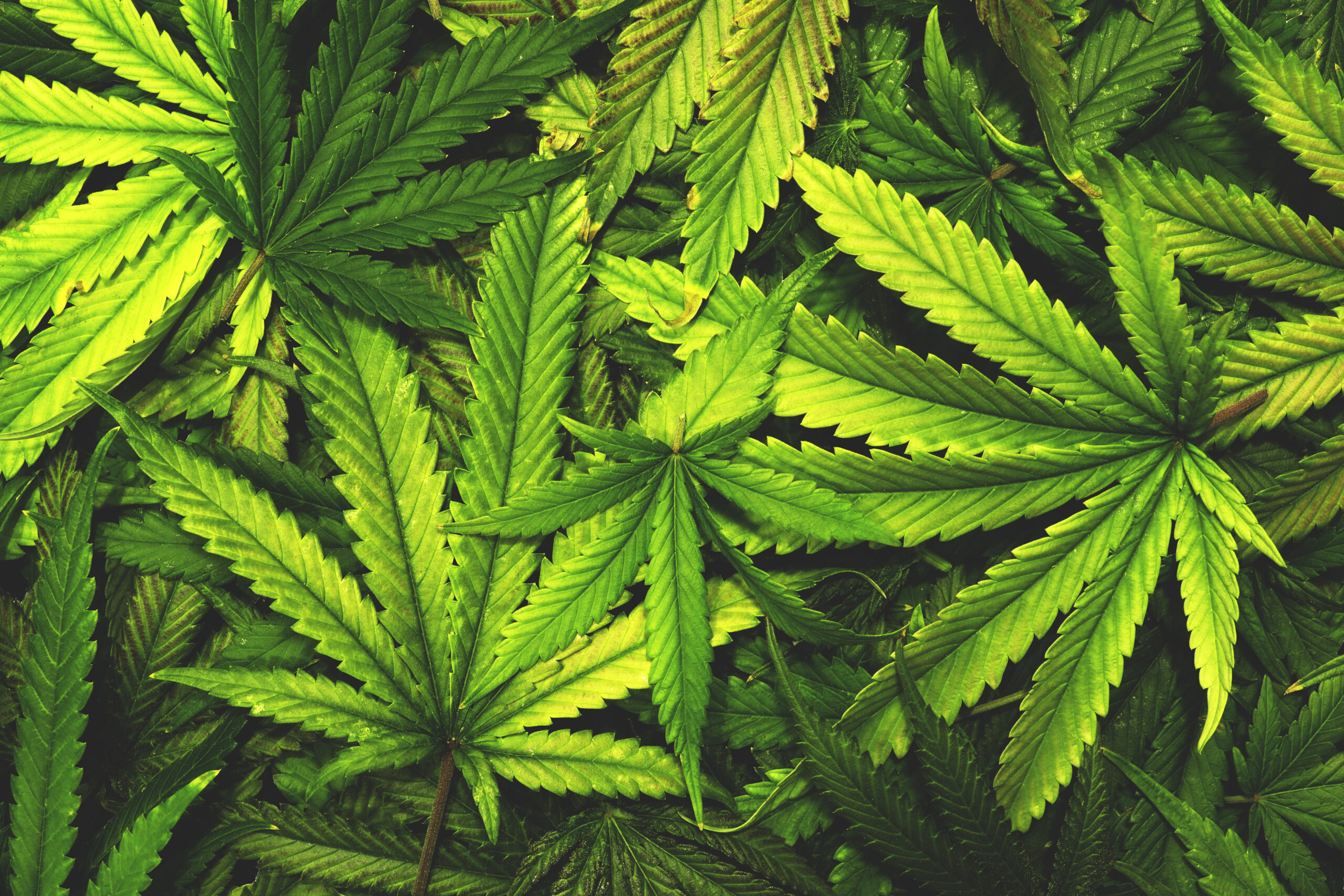
- Cannabis
-
by Chris Black
To truly understand the power and potency behind the cannabinoids we know and love, let’s begin with the exploration of the anatomy of cannabis. Learning and examining the unique properties of cannabis helps us to understand and appreciate the benefits of hemp!
It Starts With Carefully Selected Seed Strains
Since the cannabis products, we utilize derive from female plants, starting with the appropriate strain of female seeds is where it all begins. Proper strain selection is one of the most important steps in the process; each strain has a unique blueprint that defines everything from the concentration of cannabinoids to the structural properties of the plant itself.
After the seeds are placed within a moisture-rich environment, a tiny sprout and its root structure emerge from the dark, hard little shells (this process is called germination). As the main nutrient channel and support system for the entirety of the plant, providing gentle care and ideal conditions for the plant at this sensitive stage is key. As the tiny cannabis plant continues to grow, tiny leaflets called “cotyledon” branch off from the primary stem. The little cannabis plant is now ready to absorb some nourishing UV energy.
From the Roots to the Freshest of Buds
As long as there is fresh air, a nutrient-rich environment, and adequate lighting, the cannabis plant’s root structure will expand, the central stem will continue to lengthen, and an increasing number of leaf structures will branch out from the primary structure.
As the plant continues to mature from the vegetative to the CBG flower stage, the main structures found on the maturing plant include:
- Petioles & Leaves: The compound leaf structures of a cannabis plant grow in a pattern resembling an open hand; this leaf structure is connected to the stem via the petiole. Each type of cannabis has varying serrations, colors, and a unique leaf cluster design.
- Stigma, Bract, Calyx, & Pistil: These tiny hair-like and leaf-like cannabis structures are responsible for plant reproduction. During targeted cultivation practices, the female plants are isolated from male plants to prevent pollination (this promotes flower development, rather than new seed development).
- Flowers & Buds: As the plant reaches maturity, clusters of buds called “colas” and hemp flowers can be found near the stems, at the top of the plant, and growing among the leaf clusters.
- Trichomes: A crystal resin coating found atop the buds and flowers. Secreted by glands within the stem, leaves, and calyx, this crystal resin is commonly referred to as “kief”. These trichomes contain high concentrations of cannabinoids and terpenes (the compounds that produce hemp’s noticeable plant fragrance).
Interested in learning more about the properties, benefits, and cultivation techniques involved in producing the finest hemp flower in Kansas? We’re passionate cultivators in constant pursuit of the latest hemp news and insight, and would love to talk with you about anything and everything hemp!